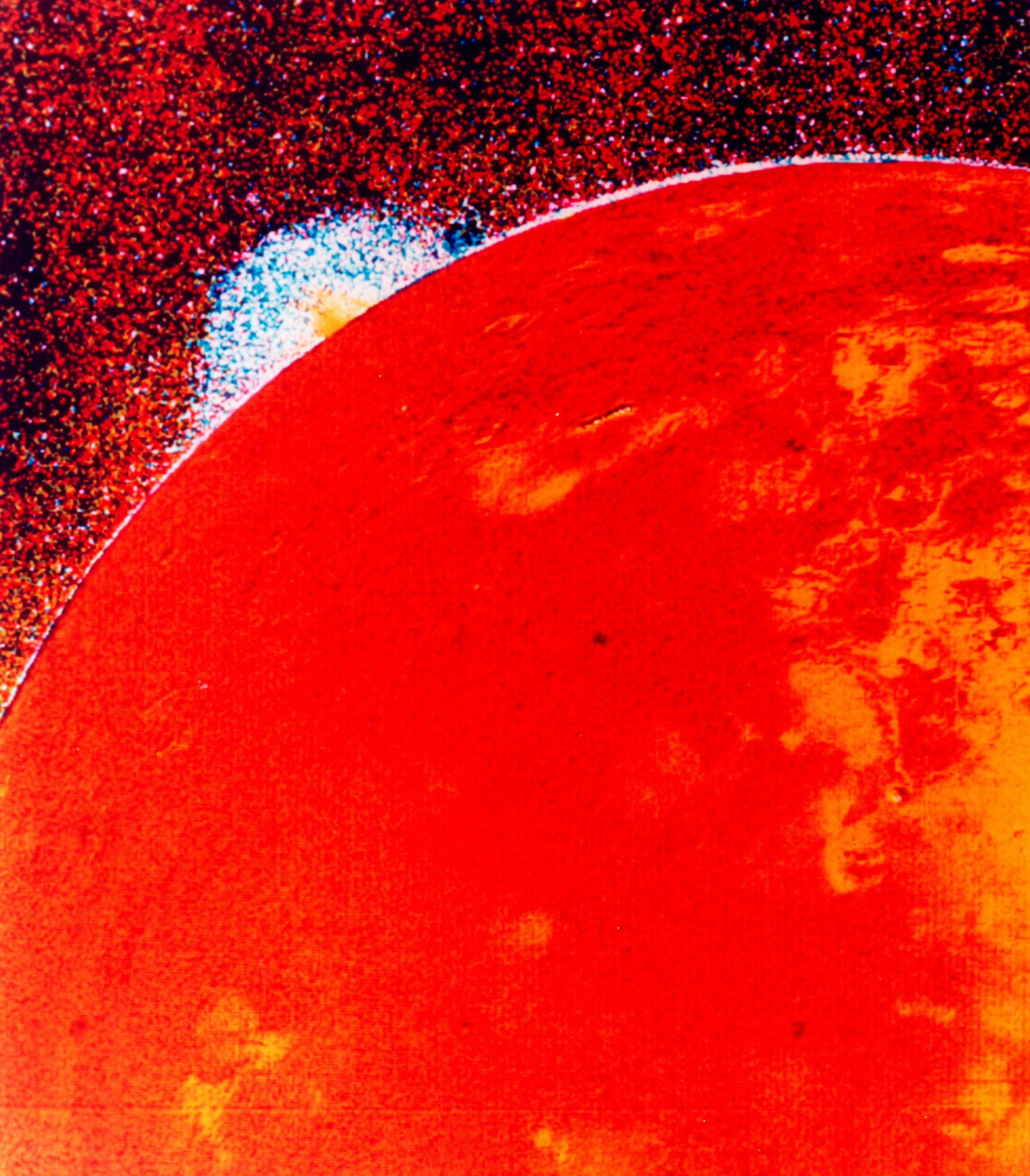
It’s got to be the biggest coincidence in the history of science: just a few days before the Voyager 1 space probe began taking the first closeup images of Jupiter’s moon Io in 1979, three astronomers predicted that this distant orb, about the size of Earth’s moon, wouldn’t be dead and cold, as most believed. Instead, they said it would be hot and volcanically active – and sure enough, when Voyager began snapping pictures, Io proved to be loaded with active volcanoes.
More than three decades later, scientists are still trying to figure out just how active Io really is—and they just got an important new clue. In two papers just accepted for publication in the journal Icarus, planetary scientists and volcano experts are describing three massive eruptions that took place within a period of just two weeks last summer on the distant moon.
“I’m really excited by this,” says Ashley Davies, a volcanologist at NASA’s Jet Propulsion Laboratory and co-author of one of the papers. “It could be a game-changer.”
The reason: Io isn’t continuously monitored, so scientists had to deduce the rate of major eruptions from a limited set of observations from the Voyager and Galileo probes, along with occasional telescopic surveys from Earth. Based on this spotty record, said lead observer Imke de Pater, Davies’ co-author, in a statement, “We typically expect one huge outburst every one or two years, and they’re usually not this bright.” It may be, she said, that the conventional wisdom badly underestimates just how active Io really is.
Based on the eruptions’ brightness levels and the speed at which their light faded, Davies was able to model what they would have looked like close up. “We think they were ‘lava fountain’ events,” he says, in which cracks opened up on Io’s surface, spewing sheets of lava from their entire lengths at once. “We’re talking about an opening many miles long,” he says, and in Io’s low gravity, the curtain of lava could shoot up to a half-mile in the air. “These eruptions dwarf their terrestrial counterparts,” he added.
The lava was evidently extremely hot as well—3000°F or more—suggesting that more of Io’s interior is melted than planetary scientists have previously thought. It’s also a sign that Io’s rock may be high in magnesium. “This really has profound implications for Io’s interior structure,” he says, “which the next mission will have to answer.” So far, that next mission is purely hypothetical.
Io’s volcanoes also have implications for understanding volcanism on Earth, where massive outflows of lava have burst from underground in the distant past. “Large lava flows have shaped the surfaces of Venus, Mars and the Moon,” he says, “but no one has ever seen them erupt, so there’s a lot of uncertainty about the mechanism. Now we’re getting some vivid insight into a process that once shaped the surface of the Earth.”
The one mystery Io’s volcanoes can’t solve is why the moon is volcanic in the first place rather than frozen solid. That’s because the solution came more than 30 years ago in that original paper, just days before Io’s volcanic nature was discovered. The heat comes from what Davies calls a “cosmic ballet,”—the tidal flexing of the moon’s interior caused by Io’s complicated gravitational interactions with its sister moons Europa, Callisto and Ganymede, as well as with Jupiter itself.
The same kind of squeezing has created an ocean of liquid water beneath Europa’s thick, icy crust, a place where life may plausibly have gotten a foothold—and in fact, NASA is contemplating a return mission to study Europa in more detail. With this latest volcanic revelation, however, it might be worth taking a closer look at Io as well.
More Must-Reads from TIME
- Why Trump’s Message Worked on Latino Men
- What Trump’s Win Could Mean for Housing
- The 100 Must-Read Books of 2024
- Sleep Doctors Share the 1 Tip That’s Changed Their Lives
- Column: Let’s Bring Back Romance
- What It’s Like to Have Long COVID As a Kid
- FX’s Say Nothing Is the Must-Watch Political Thriller of 2024
- Merle Bombardieri Is Helping People Make the Baby Decision
Contact us at letters@time.com